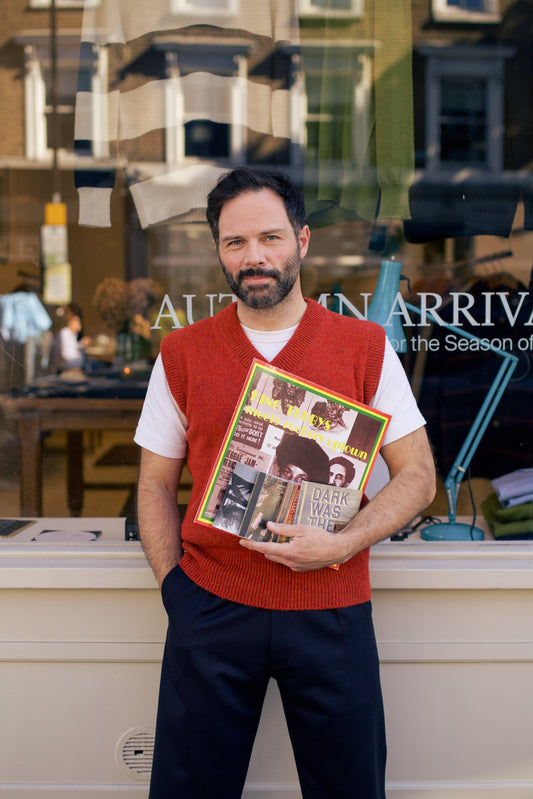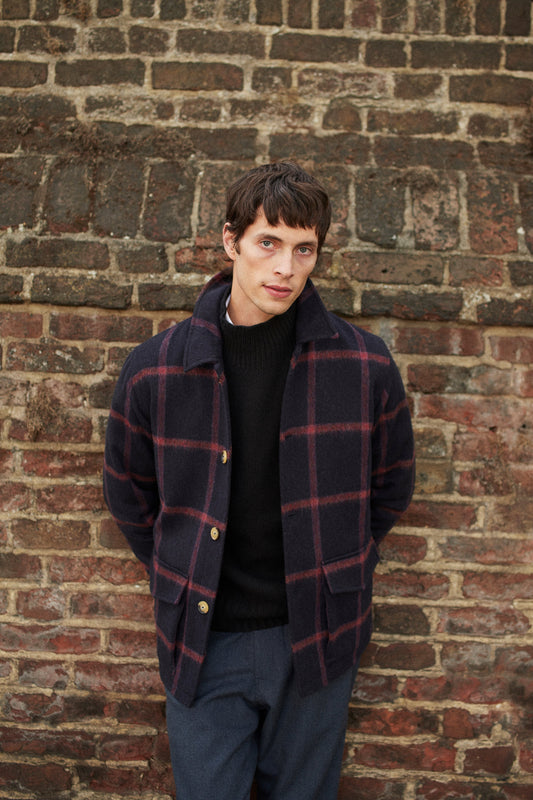Why wool makes sense.
As ever, determining the impact of a fabric is a complicated thing. But there are several fabric-wide factors that put wool in a good spot when it comes to sustainability. It’s a very durable fabric that needs very little washing thanks to the fact it’s naturally stain and odoour repellent. It’s also very easily repaired and biodegradable at the point at which repairs can no longer rescue it.
The other factors of wool’s impact are more fabric-dependent, depending on farming practices at the sheep stage of proceedings. Which is why we were meticulous in choosing our wool, ensuring we chose a mill that takes its production processes seriously and sources its raw wool from farms that do things the right way.
Why we chose Zegan Baruffa for our wool.
We landed on a very, very special merino wool from Italy. When we first heard about Cashwool, we knew we had to see it in person. When we first saw it in person, we know it had to be the fabric for our inaugural wool collection.
It hails from Zegna Baruffa in Italy, one of the world’s most historic spinners and a place that takes wool very seriously. It’s one of the very few remaining vertical spinning mills in the world. Nothing is outsourced - everything from fibre to cone is done in house and they retain complete control over the production of their fabrics.
Beyond what that means for quality control, it’s a great thing from an impact perspective because it means they can track every stage of the production process, covering everything from energy to human resources. Zegna produces an annual report for total transparency, setting benchmarks which the conscientious team can then look to better.
Super soft, itch-free wool that isn't prone to pilling.
The superiority of Cashwool starts with the raw material: a meticulous selection process where only the finest and purest merino wool will suffice. With a micron count of 19.5, it’s officially Extrafine Merino. If you’re not au fait with the intricacies of micron count, all you need to know is that it’s unfathomably soft and it’s not going to make you itch. The length of the fibres used also means the fabric isn’t prone to pilling.We couldn’t be more pleased with our debut wool collection. The jumpers are as special as we could have hoped for.





